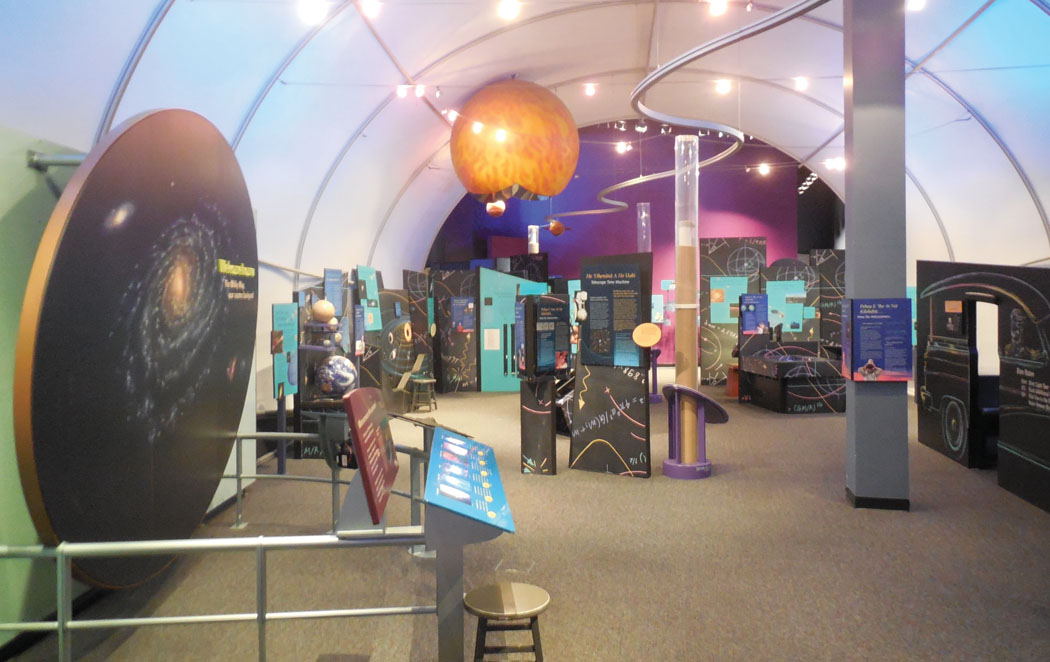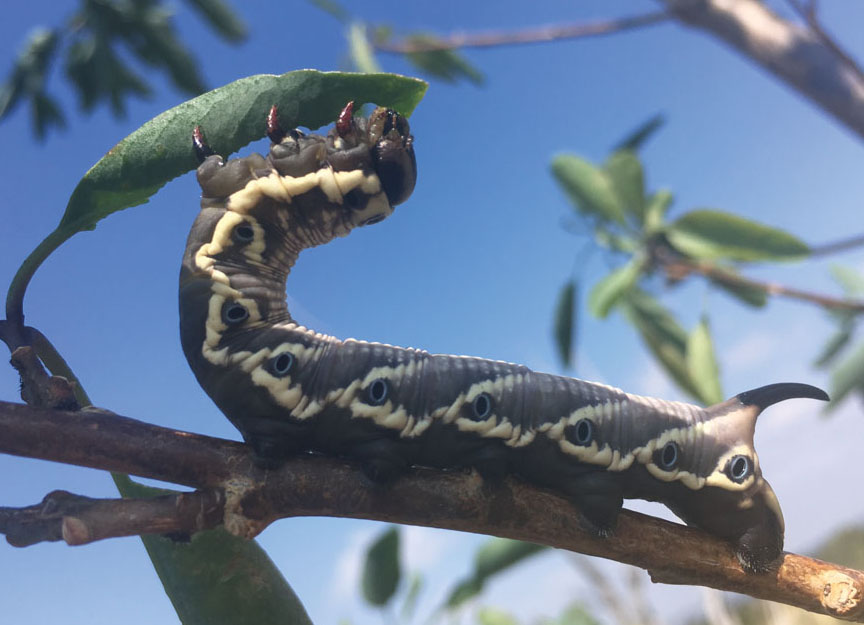
Hilo’s History Through the Banyan Trees
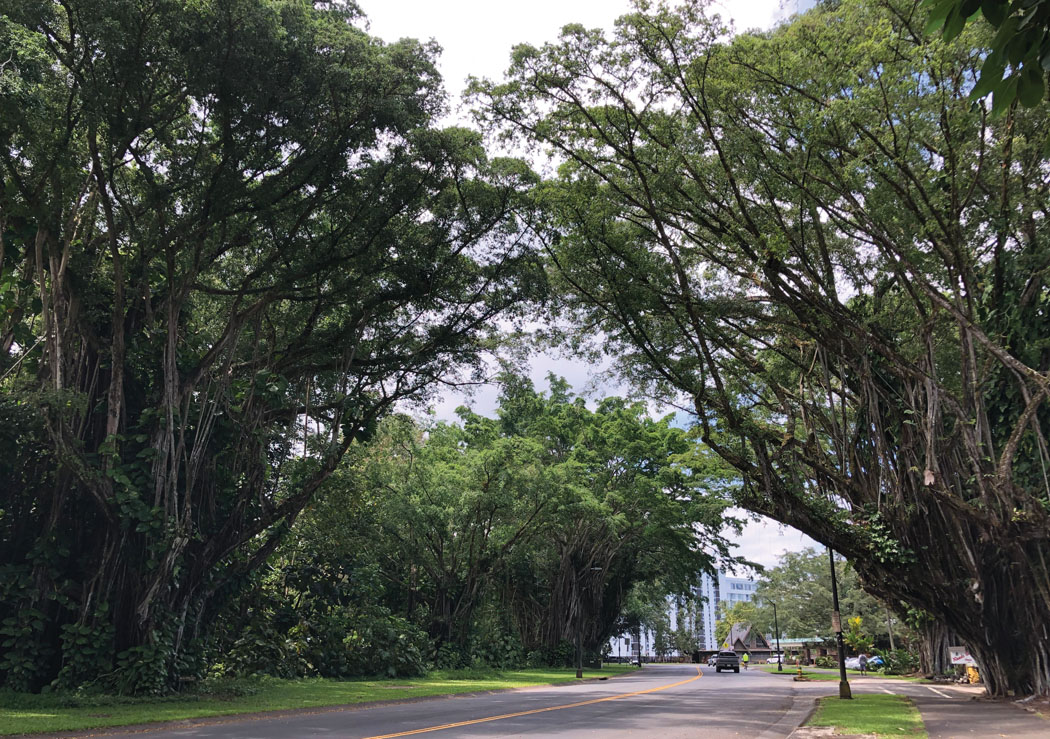
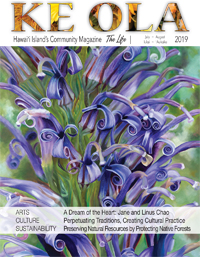
By Denise Laitinen
During the 1930s, a virtual who’s who of celebrities, sports stars, and politicians including our nation’s 32nd president all made their way to Hilo. While here, many participated in planting a banyan tree on the Waiākea Peninsula. The result is one of the crown jewels of Hilo: 50 majestic trees gracefully lining Banyan Drive, providing a magnificent canopy of shade for those who stroll or drive along this scenic route.
“The trees are a window into the history of Hilo,” says writer and forensic anthropologist Jane Lasswell Hoff. The Hilo resident is more than an avid history buff. She literally wrote the book on the trees’ history, The Trees of Banyan Drive. The guidebook is a handy reference, because even though the trees have markers in front of them, many of the brown wooden signs are rotted or missing.
What are Banyan Trees
Banyan trees (Ficus benghalensis) are actually fig trees. There are more than 750 species of banyan trees worldwide, with several varieties planted along Banyan Drive. Banyans are strangler figs, explains Mike Shanahan on his blog, Under the Banyan. Author of the book, Gods, Wasps, and Stranglers: The Secret History and Redemptive Future of Fig Trees, Mike writes that the trees are “pollinated only by their own species of tiny wasps that breed only inside the figs of their partner trees. Growing from seeds that land on other trees, the roots smother their hosts and grow into stout, branch-supporting pillars that resemble new tree trunks.”
Film Stars, a President, Explorers, and a Baseball Slugger

Hilo in the 1930s looked very different from today. Although Hilo Airport had been completed in 1929, most visitors arrived by ship at Hilo Harbor. Adjacent to the harbor, Waiākea Peninsula, encompassing Reed’s Bay, Lili‘uokalani Gardens, Moku Ola (Coconut Island), and Waiākea Village, was a mix of private homes, dirt roads and overgrown vegetation. There were no hotels yet; in fact, the Rose family owned a house on the site of the current Grand Naniloa, and the banyan tree in front honors them.
“Hilo was the first stop when people traveled around the islands back then,” explains Jane. “A group of people, including the county council, decided to create a scenic drive from Lili‘uokalani Park to the docks,” adds Jane. “The park was here and there was a bridge across Reed’s Bay from the dock, but there was no Banyan Drive at the time. They planted the first banyan trees before there was even a road here.
“Cecil B. DeMille was the first one to plant a tree,” says Jane. In Hilo filming a movie, the director, his wife, and members of his cast planted banyan trees on October 20, 1933. Other trees planted that day include one by Constance Adams DeMille (Cecil’s wife); actor Herbert Marshall and his wife, Edna Best Marshall; actress Mary Boland; actor William Gargan; and actor and conservationist Leo Carillo.
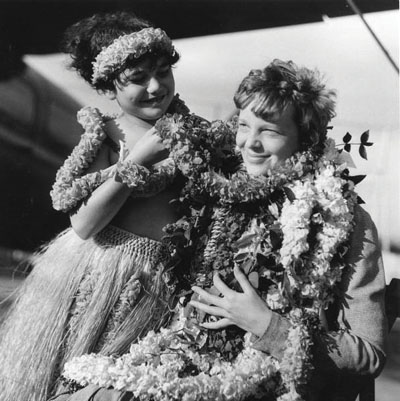
A week after that first tree planting, Babe Ruth arrived in Hilo to play an exhibition game. The baseball legend planted a banyan tree on October 28, 1933, on his first day here. The tree he planted still stands in front of what is now the Hilo Hawaiian Hotel.
Plans for a more formal Banyan Drive were quickly put into motion when it became known that President Franklin Delano Roosevelt (FDR) would be visiting. Arranging for the president to plant a tree was challenging because his legs were partially paralyzed, and Waiākea Peninsula still had a great deal of overgrown vegetation. Crews scrambled to clear brush, create a road, and cover it with crushed coral. (It wasn’t until after WWII that Banyan Drive was paved with asphalt.) President Roosevelt arrived in Hilo on July 25, 1934, aboard the USS Houston. The military cruiser also carried the president’s car. In town for only five hours, FDR was driven from the ship straight to the site of the tree planting. “He didn’t leave his car,” says Jane, “the president touched the tree and threw dirt on its base from his car.”
A Link to History
Many of the trees were planted between 1933 and 1935 because the beautification group had received a grant for the trees. “One of the most intriguing things,” says Jane, “is that the trees reveal what Hilo was like in a bygone era.
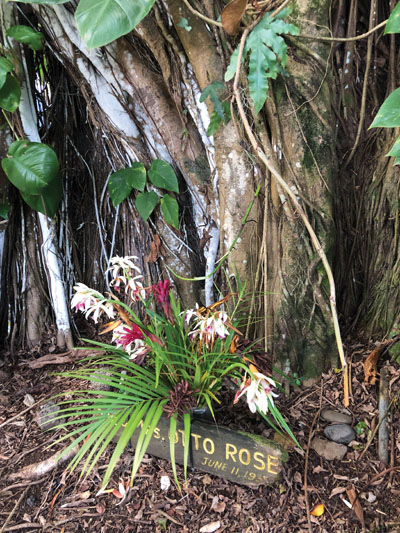
“We tend to think of Hilo as always being this sleepy little town, but the people coming through town, one after another, were incredible. Most of these people came through here because of the ships coming to Hilo.
“Amelia Earhart planted her tree, just five days before she set a world record flying from Honolulu to Oakland,” says Jane. Other tree honorees included Peng-Chun Chang, who wrote the Universal Declaration of Human Rights for the United Nations. “He was a really spectacular person,” says Jane.
Artic explorer Lincoln Ellsworth planted his tree on his way to Antarctica and becoming the first person to fly across the frozen continent.
Some of the trees are named for people who left a lasting impression on Hawai‘i Island. Thomas Jagger, the founder of the Hawaiian Volcano Observatory, had a tree planted in his honor, as did Albert MacKenzie. A forestry ranger, MacKenzie oversaw the planting of ironwood trees along the Puna coastline in an area that now bears his name: MacKenzie State Recreation Area.
A tree is planted in honor of the daughter of James Campbell, one of Hawai‘i’s biggest plantation developers. Abigail Wahi‘ika‘ahu‘ula Campbell became known as Princess Kawānanakoa, upon her marriage to Prince David La‘amea Kahalepouli Kawānanakoa Pi‘ikoi. After her brother-in-law Prince Jonah Kūhiō Kalaniana‘ole died in 1922, she became a political leader, advocating for the rights of native Hawaiians.
Roman Catholic Bishop Stephen Alencastre; James West, first chief officer of the Boy Scouts of America; Japanese labor organizer Toyohiko Kagawa; Sun Fo, Chinese official and the son of Sun Yat Sen, the first president of the Republic of China; and musician Louis Armstrong all had trees planted in their honor.
Sometimes History is Not Clear Cut
Not everyone who has a tree planted in his or her name actually planted the tree. For instance, the tree planted in honor of Britain’s King George V (grandfather of present-day Queen Elizabeth II), was planted by two Hawai‘i residents in honor of the king’s silver jubilee.
Richard Nixon planted a banyan tree in 1952 when he was still a senator and in town to give a talk at a political dinner. Jane explains that the original tree Nixon planted was destroyed in the 1960 tsunami. However, his wife, Thelma Catherine “Pat” Nixon, returned to Hilo in 1972, while Nixon was president. She planted two trees on that trip, one for herself and a replacement tree for her husband.
“Some of the trees, we don’t know who planted them anymore,” explains Jane. “Louis Armstrong, I remember seeing his tree within the last 15 years but it has now disappeared. “No one seems to know what happened to the tree.”
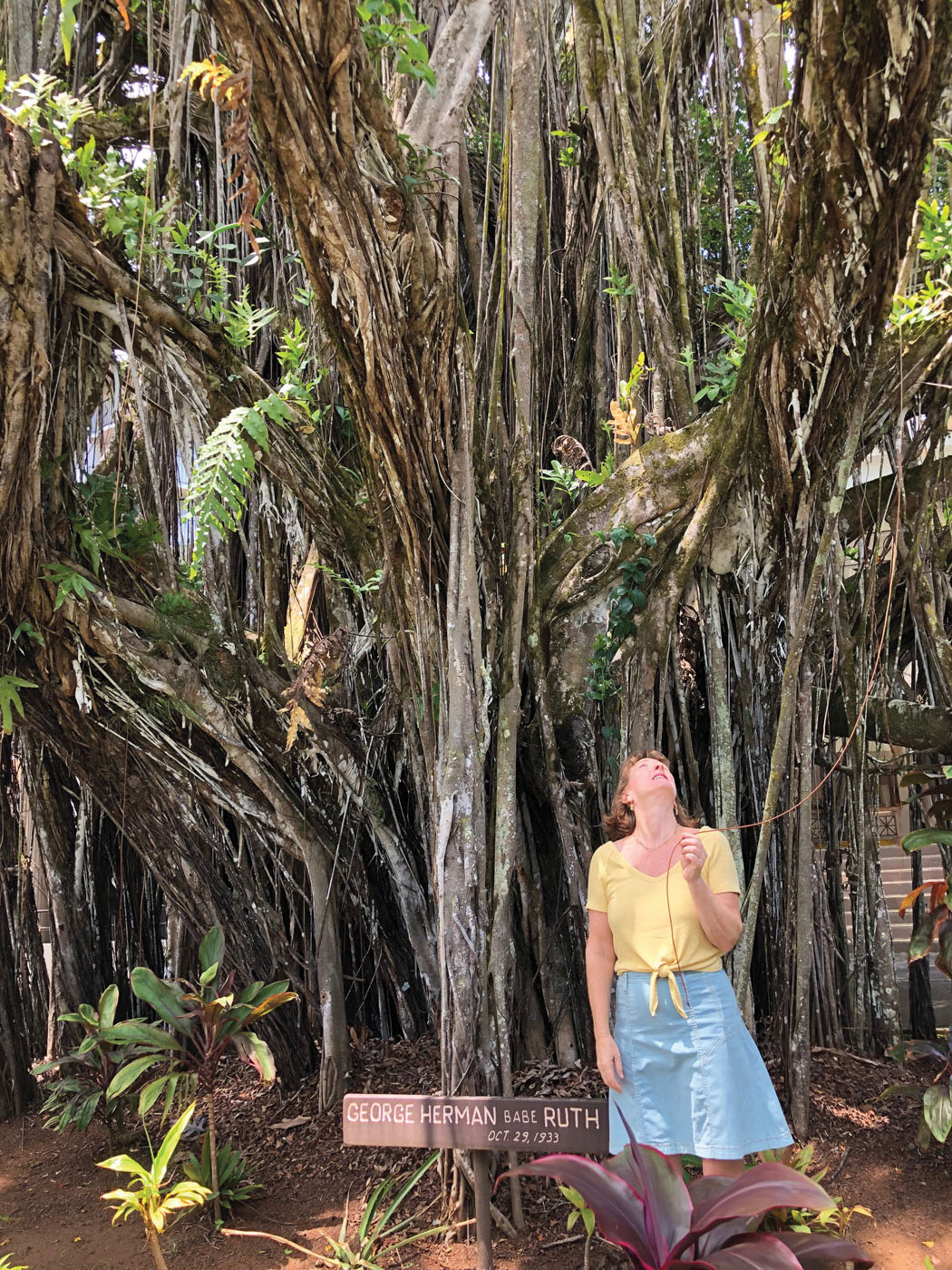
Preserving the Banyan Trees
Many of the wooden signs depicting the tree’s honoree are rotted, faded, or missing. Few trees are maintained, aside from that of Babe Ruth and Princess Kawānanakoa. Most threatening of all, a gall wasp infestation is starting to damage and kill some of the stately banyans. If left untreated, Jane says the infestation has the possibility of wiping out the trees.

There is a working group comprised of business owners along Banyan Drive, as well as other organizations, such as Hawai‘i Electric Light Company (HELCO) and the Hawai‘i Police Department, that are trying to improve Banyan Drive and save the trees.
George Applegate, who spearheads the group, says they are focused on three priorities: beautifying Banyan Drive, improving security in the area, and improving lighting in the area. “The County currently prunes the trees and we’ve asked them to identify who owns each tree,” says George. He adds that the working group is looking to form a nonprofit and implement an adopt-a-tree program, so individuals and organizations can adopt and care for particular trees. HELCO has already installed wiring for new streetlights. They are also working with HPD for better security.
“We’re looking at getting aluminum signs that won’t deteriorate,” adds Jane, stating that they first plan to tackle the tree signs that have incorrect names and rotted signs. They’re also working on adding short descriptions to each sign.
Jane notes that the state chapter of the Outdoor Circle as well the East Hawai‘i Outdoor Circle are involved in preserving the trees, although those groups are encountering bureaucratic red tape in their efforts to keep the trees healthy and reduce the damage from the gall wasp infestation.
“This could be such a tourist draw for Hilo,” says Jane. “These trees are a window to the history of Hilo.” ❖
